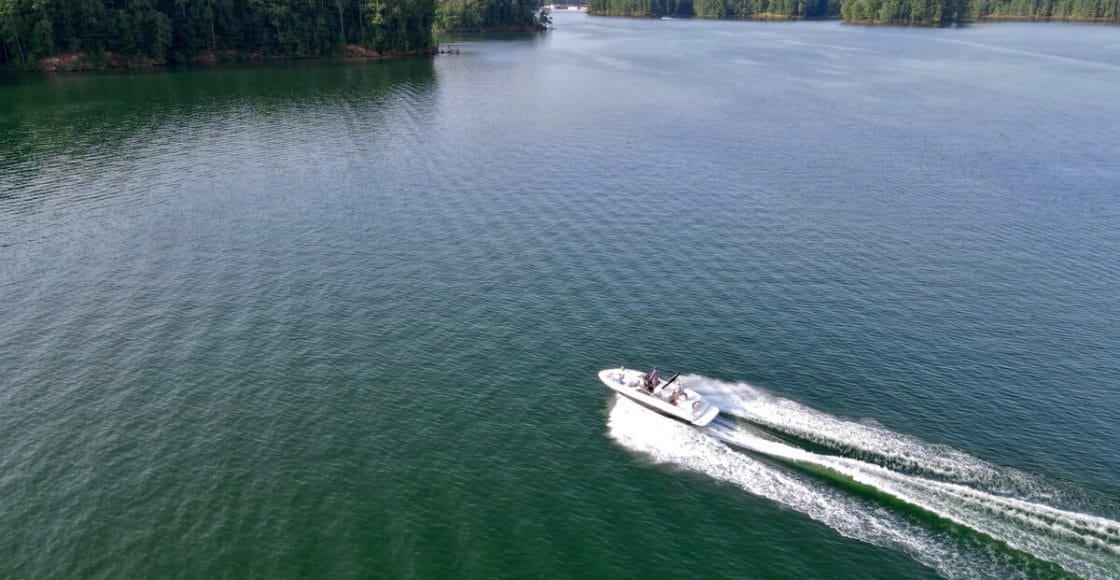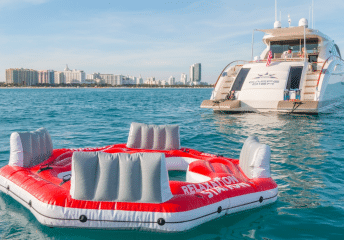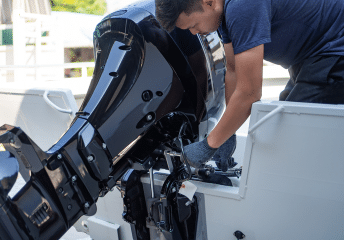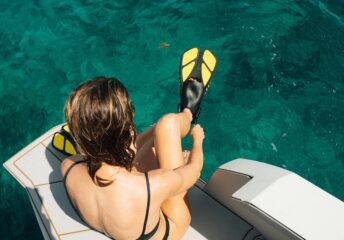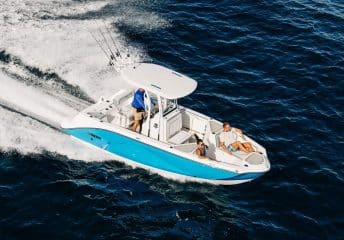Keep the Water Wild: A Guide to Sustainable Boating
Boating Safety Week isn’t just about preventing accidents. It’s also about protecting the environment that makes boating possible in the first place. Practicing sustainable boating helps preserve waterways, protect marine life, and ensure future generations can enjoy the water just as we do today. Here’s how you can reduce your impact while still enjoying every moment on board.
Reducing your carbon footprint
Small changes can go a long way in minimizing your carbon footprint. If you’re renting a boat, consider choosing environmentally-friendly boats when available. For boat owners, routine engine maintenance can significantly reduce emissions and fuel consumption. Keep your propeller clean and properly sized, and minimize engine idling whenever possible.
Anchor, fuel, & dispose responsibly
Improper fueling or waste disposal can be damaging to marine ecosystems. Follow these best practices to reduce your impact:
-
Refuel responsibly: Use absorbent pads or spill-proof containers, and refuel away from open water whenever possible.
-
Use pump-out stations: Keep bilge and holding tanks functioning properly and empty them only at designated locations.
-
Anchor with care: Use mooring buoys when available. If anchoring manually, drop anchor in sandy or muddy areas to avoid damaging seagrass or coral.
-
Pack out what you pack in: Dispose of all trash onshore, including fishing lines, snack wrappers, and single-use plastics.
Want more guidance? Get step-by-step help with our Fueling Guide.
Respect marine life & local habitats
Give wildlife plenty of space and avoid sudden changes in speed near animals. Keep music volume at a reasonable level and never feed wild animals — human interaction can change their natural behavior or put them at risk.Stay in marked channels and avoid shallow areas where your wake could damage vegetation or stir up sediment. If you’re fishing, follow local catch-and-release guidelines and avoid overfishing in sensitive areas.
Sustainable boating starts with us
Whether you’re an Owner or a Guest, small choices you make can make a big difference:
For Owners:
-
Maintain your vessel to reduce emissions and fuel use
-
Highlight eco-friendly features in your Boatsetter listing
-
Offer reusable cups and containers on board
For Guests:
-
Choose fuel-efficient or electric boats when available
-
Bring reef-safe sunscreen and avoid single-use plastics
-
Follow “leave no trace” practices and clean up after your trip
Together, we can create safer, cleaner, and more sustainable waterways for all.
#MindYourWake
At Boatsetter, we believe that responsible boating goes beyond what you bring onboard — it’s also about how you show up on the water. That’s why we encourage everyone in our community to Mind Your Wake.
This means being aware of how your actions impact others — from slowing down near shorelines and wildlife, to respecting no-wake zones, to leaving no trace. It’s a reminder that small decisions can have a big effect on the safety and sustainability of our waterways. When in doubt? Go slow, stay alert, and treat the water like it’s home because for many, it is.

Natalie Faron is an experienced Customer Service agent known for her passion for the environment and her ability to bring people together to create positive change. Natalie has studied environmental science for 4 years, with an expertise in aquatic ecosystems and South Florida ecology. In 2020, she joined The Boatsetter Team, combining her people skills and scientific knowledge to grow the Mind Your Wake mission. She is always looking to connect with more like-minded people who share her values and improve her community one small step at a time. In her free time, Natalie loves cooking, volunteering, and practicing yoga.
